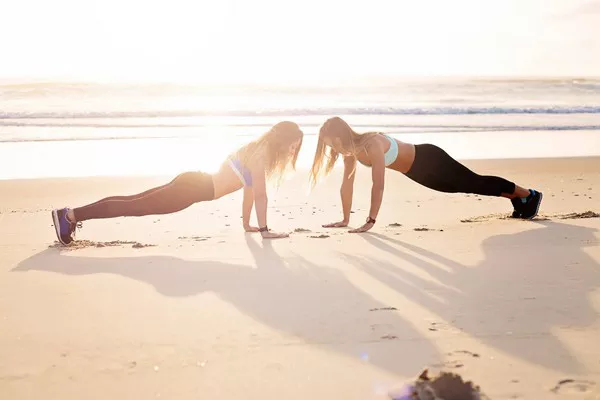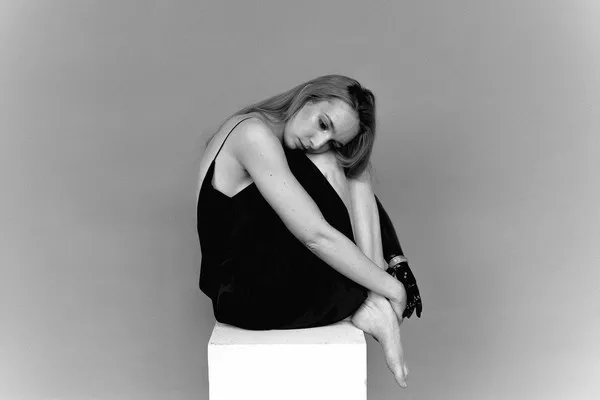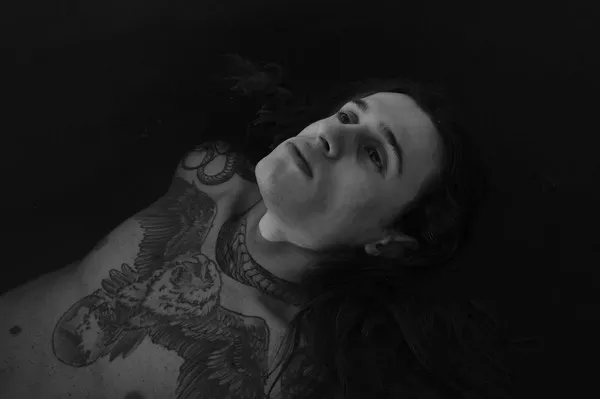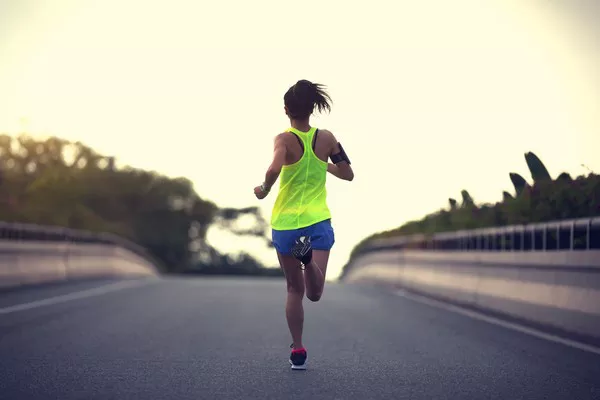Chris Reistroffer is a 39-year-old fitness junkie who loves a brutal exercise challenge and runs at least six miles a day almost every day of the year, no matter the weather.
But on days like Monday when temperatures soar above 90, the Sioux Falls photographer stays away from the heat. Well, at least for most of the day.
“At the end of the day, if you’re outside when it’s 80, 95, 100 degrees outside and you’re doing (personal training), you’re a savage,” Reistroffer told Dakota News Now.
“This isn’t for the faint of heart.”
A heat wave is hitting the Dakota News Now region — spanning central South Dakota to Northeast Nebraska to Southwest Minnesota and Northwest Iowa — with high temperatures predicted to be in the 90′s all week, and 100 degrees or more in some places.
On average, about 700 Americans die of heat stroke every year. The best way to avoiding joining them is to avoid exercising vigorously outdoors during the hottest times of the hottest days of the year.
While the summer is a popular time for a good run or bike outdoors, there are things Reistroffer said every runner and bicyclist needs to keep in mind before hitting the pavement on “weather alert” days.
The first is knowing if you should be even out there, and when.
The peak temperatures of most days are between 1 p.m. and 7 p.m. Advanced runners like Reistroffer have bodies that are trained to run when the temperature is above 90.
“But if you’re not (a trained runner), it’s not a good time to learn how to run.”
Reistroffer recommends a treadmill in an air-conditioned facility for beginners. That way, they can easily stop if they start to feel unsafely tired and out-of-breath. But if they insist on training outside, the best — and really, only — time he suggests is early in the morning.
“If you can get out of bed by 4:45 a.m. or 5 a.m. to get your workout completed by 7 a.m., you’re going to cut your temperature by 20 to 25 degrees,” Reistroffer said.
Tuesday’s temperature at 7 a.m. is predicted to be 67 degrees, while the thermometer will read between 85-90 degrees from 1 p.m. to 9 p.m., according to the Dakota News Now weather page on Monday evening.
By the way, Reistroffer recommends early morning runs for every level of fitness, not just beginners. Those same hours are recommended for bicyclists.
“(At) 3 or 4 in the afternoon, the pavement is going to be 130, 140 degrees,” said Peter Oien, the general manager of Spoke-N-Sport bicycle shop in Sioux Falls. “The sun’s beating down. All of those things are going to make it much more strenuous on your body.”
Oien said that since they’re “in the air” and feeling some breeze, bicyclists may not notice how much they’re sweating compared to when they walk, run, or work in the garden.
“You are losing a lot of moisture, a lot of water, so make sure that you’re drinking quite frequently,” Oien said.
He recommends at least 20 to 25 ounces of water an hour — with electrolytes, if possible.
Reistroffer suggests drinking a gallon of water after a rigorous run, and a fair amount before it.
“If, while you’re running and you are thirsty, you’re already dehydrated before you began,” Reistroffer said. “So, I think that’s a really important thing to recognize. You shouldn’t be getting thirsty on a 1-to-2 mile run.”
For runners who are beyond the beginner level, Reistroffer said that as long as they’re hydrated before the run, they do not need to bring water with them if they are traversing three miles or less. That is, if they are running during the cooler parts of the day.
If you insist on exercising outside during the hottest time of the day, Reistroffer and Oien both recommend a “Camelbak,” which is a backpack that holds up to 70 ounces of water. It is sold at Spoke-N-Sport, which has locations at 29th and Minnesota Avenue and I-229 and Cliff Avenue.
Both experts suggest to run in shaded areas as much as possible. In Sioux Falls, the city’s 29-mile paved bike trail has more trees on its eastern half, especially at places like Paisley Park and Tuthill Park.
If you start to feel light-headed or dizzy on a run or bike ride, stop and rest. Reistroffer said monitoring your heart rate is important. Many smart phones and smart watches will track it. If you don’t have those monitoring devices, simply checking your breathing can help determine if you are too fatigued to continue exercising. If you experience heavy breathing, that is probably a sign.
Another reason to bring a cell phone — it will come in handy to call 911 or a loved one in case you are seriously injured or fatigued. Many smart phones have a GPS that can “pin” where you are located.
“Listen to your body first and foremost before you begin any physical activity,” Reistroffer said. “It’s always good to use good judgment.”


































